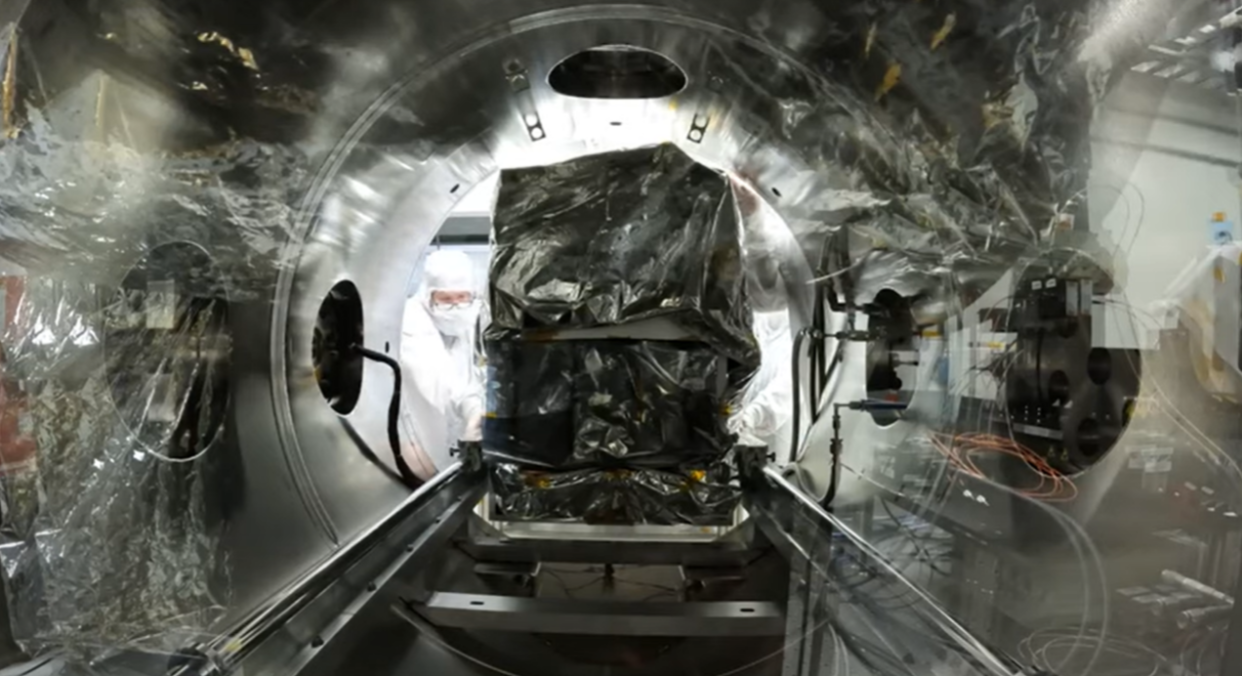NASA's new greenhouse gas detector will help track down 'super-emitters' from space

On Sept. 12, a mirror-walled box arrived in the clean room of Planet Labs in San Francisco. This box contains a spectrometer, designed specifically to observe carbon dioxide and methane on Earth's surface.
Forged at NASA’s Jet Propulsion Laboratory (JPL) further south in California, this spectrometer’s stop in San Francisco will see it mounted onto a satellite called Tanager. That satellite, if all goes according to plan, should launch in 2024. The nonprofit Carbon Mapper hopes to use Tanager to pinpoint greenhouse gas "super-emitters" on our planet.
This newly-arrived spectrometer is a key component of that mission.
Related: NASA sensors could help detect landfill methane from space to help limit climate change
This device is designed to observe infrared light reflected from Earth's surface, then separate that light into its spectrum. Different gases in Earth's atmosphere each absorb different wavelengths of light, leaving characteristic gaps in the spectrum and allowing observers to reconstruct what gases were present at a certain point.
Related Stories:
— Climate change may be changing the color of Earth's oceans
— NASA searches for climate solutions as global temperatures reach record highs
— Satellites reveal catastrophic year for emperor penguins amid climate crisis in Antarctica (photos)
Before sending the spectrometer north, JPL staff tested the mechanism's ability to perform this duty. Inside a vacuum chamber, scientists placed a methane sample in clear view of the spectrometer. And, by JPL's account, the spectrometer succeeded.
"We are thrilled to see the exceptional quality of the methane spectral signature recorded," Robert Green, an instrument scientist at JPL, said in a statement. "This bodes well for the space measurement soon to follow."
Carbon Mapper — a collaboration between JPL, Planet, the California Air Resources Board, Rocky Mountain Institute, Arizona State University, and the University of Arizona — already launched EMIT, an instrument aboard the International Space Station (ISS) that monitors mineral dust blown from Earth's deserts. Eventually, this spectrometer will join it from an orbit that wraps around Earth's poles.

